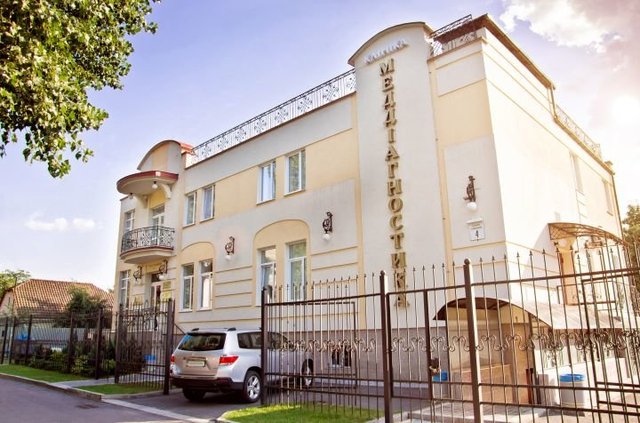Diagnosis is a list of procedures by which the kind of patient’s disease is determined. Competent doctors perform the work they do with maximum precision, determined by academic knowledge, rich expertise in patient management and also the achievements of drugs in the latest generations. And yet, despite having such initial data, diagnostics can’t be infallible, since medicine still has quite a distance to visit, and maybe we have been near major discoveries.

Just what diagnosis?
An analysis is often a set of signs that provide to create the character of the disease, and also the a higher level its development. To identify a health problem and initiate the right treatment, a professional doctor relies upon modern diagnostic methods, among which there are five main ones.
5 diagnostic methods
To offer the individual with complete information about his diagnosis, the doctor make use of one or more of the following methods:
1. Clinical diagnosis
Here is the most typical way for setting up a diagnosis. It’s with different visual examination and laboratory tests, with the aid of that your doctor will identify a specific disease inside a patient. Moreover, this kind of diagnosis will be able to declare the possible lack of any disease in a patient, that will mean his tendency to hypochondria.
2. Differential diagnosis
This kind of diagnosis accounts for diseases that could impact the clinical picture from the patient. Often it uses a series of additional tests, owing to their help a lot of the possible causes of the roll-out of the condition might be excluded. By way of example, when fever, headaches, or fatigue occur, a differential diagnosis is required since there are many diseases that present with these symptoms.
3. Etiological diagnosis
This method is aimed at recognizing the factors that resulted in the appearance of an given disease in the patient. For instance, when someone has severe bronchitis, then only via an etiological diagnosis is one able to uncover whether this is due to cigarette smoking.
4. Nosological diagnosis
Nosology permits the doctor to ensure that she has the characteristic manifestations of the particular disease, as it has already been tagged by his predecessors and combined right into a specific clinical picture. To put it differently, with the aid of the therapy lamp of ??medicine, doctors can provide further diagnostics the proper direction.
5. Topographic diagnostics
This is a method based on the localization and detection of lesions in organs and tissues. It’s about comprehending the signs and symptoms from the human body, that may be susceptible to adjustments to the course of the illness.
After collecting data with all the above diagnostic methods, the doctor expresses a hypothetical hypothesis regarding the patient’s disease. The more studies will likely be applied, the harder accurate the verification will probably be along with the more accurate treatments will probably be.
Check out about Diagnosis of joint problems have a look at this useful internet page
